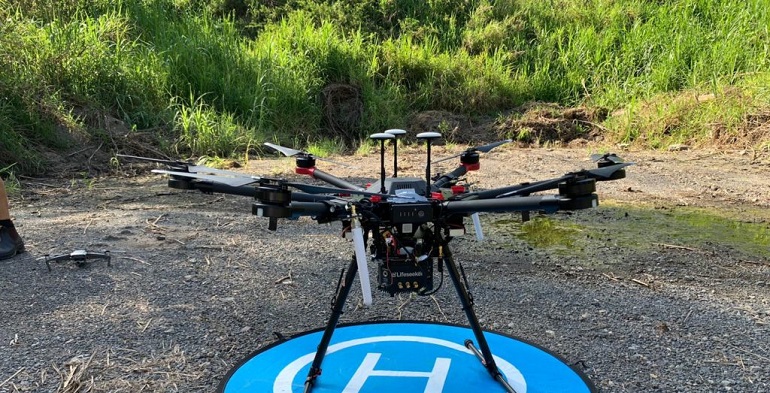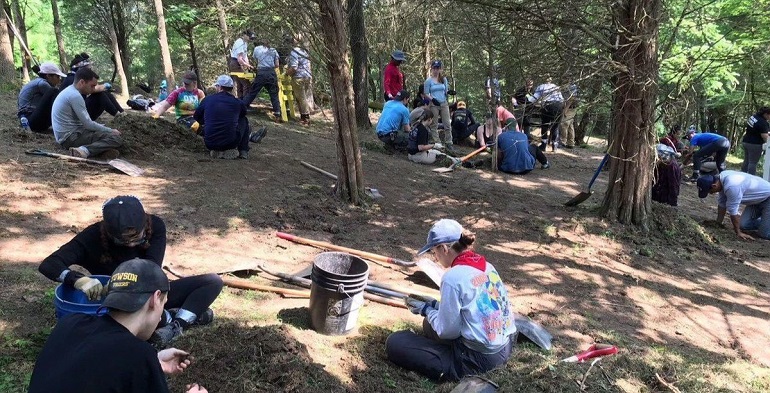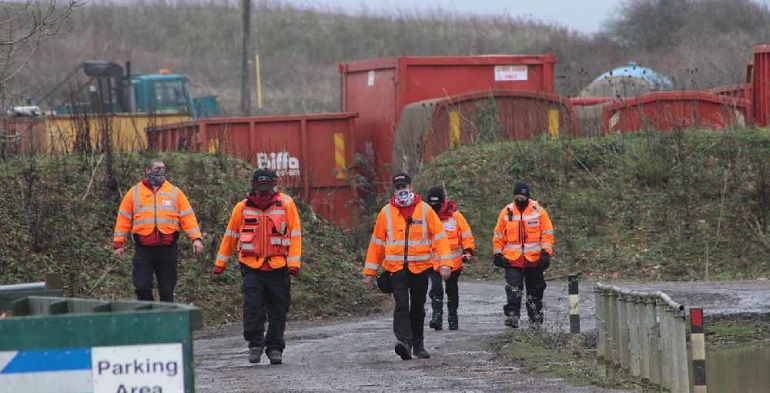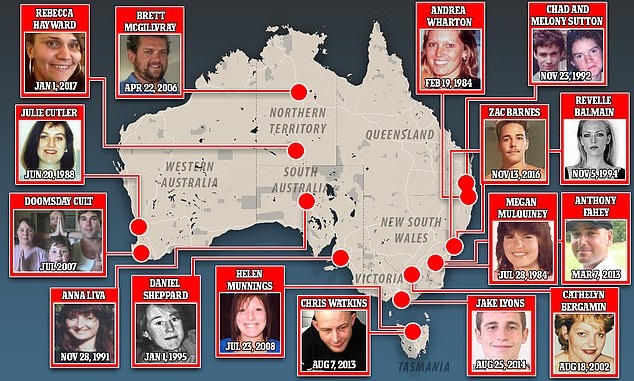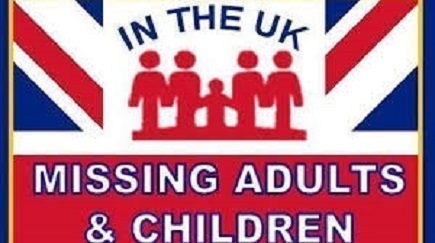Missing
Nelida De Jesus Del Valle




Nelida, approximately 1976; Age when reported missing: 44 (approximately 2011)
Date and time person was reported missing : 12/20/1976
Missing location (approx) :
Boston, Massachusetts
Missing classification : Non-Family Abduction
Gender : Female
Ethnicity :
Hispanic
DOB : 07/09/1967 (54)
Age at the time of disappearance: 9 years old
Height / Weight : 4'0, 50 pounds
Description, clothing, jewerly and more : A gold-colored coat, dark blue slacks, a white pullover sweater, black platform shoes, and a hat and gloves.
Distinguishing characteristics, birthmarks, tattoos
: Hispanic female. Brown hair, brown eyes. Nelida's ears are pierced. She speaks Spanish and limited English.
Information on the case from local sources, may or may not be correct : Nelida was last seen walking to William Blackstone Elementary School on Shawmut Avenue in Boston, Massachusetts during the morning hours of December 20, 1976. She was enrolled in a third-grade bilingual class there. The school was located approximately one and a half blocks from Nelida's family's residence. She never arrived at school that day and has not been heard from again.
Some of Nelida's clothing was found two weeks after her disappearance, in the possession of Anthony "Rudy" Flores. A woman called police to report he had given her a hat and a pair of gloves; she was suspicious because Flores resembled the sketch of Nelida's possible abductor.
The hat and gloves were Nelida's, and another witness said he'd seen Nelida walking with Flores, holding his hand. Flores was taken in for questioning, and the police found a fake police badge and a fake gun in his possession. He was arrested, but he claimed he'd found Nelida's hat and gloves in the street and authorities were unable to conclusively tie him to her abduction, so he was released.
Nelida had a very shy nature in 1976 and distrusted stranger, but her family says she would have trusted a police officer, and they think Flores could have posed as one to abduct her. Flores was never charged in connection with Nelida's disappearance due to a lack of evidence, and he maintains his innocence in her case, but he remains a suspect.
He has also been linked to the October 1976 disappearance of fourteen-year-old Cesilia Pena in New York City, New York, but has not been charged in that case either. There are reports that he's serving a fifty-year sentence for one and possibly two murders in New York, but this has not been confirmed.
In January 1985, eight years after Nelida vanished, her mother, Theodosia De Jesus, claimed she recognized a picture of her daughter in the apartment of David R. Collins. Collins, who has a long criminal record and uses many aliases, was charged with kidnapping one teenAge at the time of disappearance: r in California and Gender : ually abusing several others in New Orleans, Louisiana.
The picture De Jesus identified was one of 25 which police found in his apartment and published in a newspaper in hopes that the public could identify the people in them. De Jesus changed her mind about her identification when she examined the original picture, and the girl in the photograph was later identified as another person.
Another picture in his apartment was thought to be of Sarah Avon, a six-year-old who vanished from Illinois in 1981, but that possibility was also ruled out. Collins is not believed to have been involved in either child's disappearance. Nelida's case remains unsolved.
Other information and links : ncy
Boston Police Department
617-343-4200
September 2021 updates and sources
Missing Children�s Statistics
One Missing Child Is One Too Many
The lack of a common definition of �missing child,� and a common response to the issue, results in few reliable statistics on the scope of the problem around the world.
Even with this challenge, we know that:
In Australia, an estimated 20,000 children are reported missing every year.
Australian Federal Police, National Coordination Centre.
In Canada, an estimated 45,288 children are reported missing each year.
Government of Canada, Canada�s Missing � 2015 Fast Fact Sheet.
In Germany, an estimated 100,000 children are reported missing each year.
Initiative Vermisste Kinder.
In India, an estimated 96,000 children go missing each year.
Bachpan Bachao Andolan, Missing Children of India.
In Jamaica, an estimated 1,984 children were reporting missing in 2015.
Jamaica�s Office of Children�s Registry
In Russia, an estimated 45,000 children were reported missing in 2015.
Interview with Pavel Astakhov MIA �Russia Today�, Apr. 4, 2016.
In Spain, an estimated 20,000 children are reported missing every year.
Spain Joins EU Hotline for Missing Children, Sep. 22, 2010.
In the United Kingdom, an estimated 112,853 children are reported missing every year.
National Crime Agency, UK Missing Persons Bureau.
In the United States, an estimated 460,000 children are reported missing every year.
Federal Bureau of Investigation, Missing Children�s Statistics
One Missing Child Is One Too Many
The lack of a common definition of �missing child,� and a common response to the issue, results in few reliable statistics on the scope of the problem around the world.
Even with this challenge, we know that:
In Australia, an estimated 20,000 children are reported missing every year.
Australian Federal Police, National Coordination Centre.
In Canada, an estimated 45,288 children are reported missing each year.
Government of Canada, Canada�s Missing � 2015 Fast Fact Sheet.
In Germany, an estimated 100,000 children are reported missing each year.
Initiative Vermisste Kinder.
In India, an estimated 96,000 children go missing each year.
Bachpan Bachao Andolan, Missing Children of India.
In Jamaica, an estimated 1,984 children were reporting missing in 2015.
Jamaica�s Office of Children�s Registry
In Russia, an estimated 45,000 children were reported missing in 2015.
Interview with Pavel Astakhov MIA �Russia Today�, Apr. 4, 2016.
In Spain, an estimated 20,000 children are reported missing every year.
Spain Joins EU Hotline for Missing Children, Sep. 22, 2010.
In the United Kingdom, an estimated 112,853 children are reported missing every year.
National Crime Agency, UK Missing Persons Bureau.
In the United States, an estimated 460,000 children are reported missing every year.
Federal Bureau of Investigation, NCIC.
This, however, is only a snapshot of the problem. In many countries, statistics on missing children are not even available; and, unfortunately, even available statistics may be inaccurate due to: under-reporting/under-recognition; inflation; incorrect database entry of case information; and deletion of records once a case is closed.
The lack of numbers, and the discrepancy in the numbers that do exist, is one of the key reasons why ICMEC developed and advocates for the Model Missing Child Framework, which assists countries with building strong, well-rounded national responses, and facilitates more efficient investigations, management, and resolution of missing children cases.
We firmly believe that one missing child is one too many, and we are committed to improving the global understanding of and response to missing and abducted children.
Here is a look at missing children in the United States. There are several different types of missing children: runaways, family abductions, lost or �thrown away� and non-family abductions. Advances in technology, communications through public alerts and greater cooperation from law enforcement have facilitated the recovery process.
Statistics
According to the FBI�s National Crime Information Center (NCIC) Missing Person File, there are 89,637 active missing person records, of which juveniles under the age of 18 account for 30,396 (34%) of the records. (as of December 31, 2020)
AMBER Alert
�AMBER (America�s Missing: Broadcast Emergency Response) Alerts are emergency messages broadcast when a law enforcement agency determines that a child has been abducted and is in imminent danger. The broadcasts include information about the child and the abductor, including physical descriptions as well as information about the abductor�s vehicle - which could lead to the child�s recovery.�
The AMBER Alert system began in 1996 and was named in honor of Amber Hagerman, a 9-year-old who was abducted in Arlington, Texas, and murdered.
All 50 states, the District of Columbia, Puerto Rico, and the US Virgin Islands have AMBER Alert plans in place to help find missing children in danger.
As of December 2020, the AMBER Alert program has been credited with the safe recovery of 1029 children..
This, however, is only a snapshot of the problem. In many countries, statistics on missing children are not even available; and, unfortunately, even available statistics may be inaccurate due to: under-reporting/under-recognition; inflation; incorrect database entry of case information; and deletion of records once a case is closed.
The lack of numbers, and the discrepancy in the numbers that do exist, is one of the key reasons why ICMEC developed and advocates for the Model Missing Child Framework, which assists countries with building strong, well-rounded national responses, and facilitates more efficient investigations, management, and resolution of missing children cases.
We firmly believe that one missing child is one too many, and we are committed to improving the global understanding of and response to missing and abducted children.
Here is a look at missing children in the United States. There are several different types of missing children: runaways, family abductions, lost or �thrown away� and non-family abductions. Advances in technology, communications through public alerts and greater cooperation from law enforcement have facilitated the recovery process.
Statistics
According to the FBI�s National Crime Information Center (Missing Children�s Statistics
One Missing Child Is One Too Many
The lack of a common definition of �missing child,� and a common response to the issue, results in few reliable statistics on the scope of the problem around the world.
Even with this challenge, we know that:
In Australia, an estimated 20,000 children are reported missing every year.
Australian Federal Police, National Coordination Centre.
In Canada, an estimated 45,288 children are reported missing each year.
Government of Canada, Canada�s Missing � 2015 Fast Fact Sheet.
In Germany, an estimated 100,000 children are reported missing each year.
Initiative Vermisste Kinder.
In India, an estimated 96,000 children go missing each year.
Bachpan Bachao Andolan, Missing Children of India.
In Jamaica, an estimated 1,984 children were reporting missing in 2015.
Jamaica�s Office of Children�s Registry
In Russia, an estimated 45,000 children were reported missing in 2015.
Interview with Pavel Astakhov MIA �Russia Today�, Apr. 4, 2016.
In Spain, an estimated 20,000 children are reported missing every year.
Spain Joins EU Hotline for Missing Children, Sep. 22, 2010.
In the United Kingdom, an estimated 112,853 children are reported missing every year.
National Crime Agency, UK Missing Persons Bureau.
In the United States, an estimated 460,000 children are reported missing every year.
Federal Bureau of Investigation, NCIC.
This, however, is only a snapshot of the problem. In many countries, statistics on missing children are not even available; and, unfortunately, even available statistics may be inaccurate due to: under-reporting/under-recognition; inflation; incorrect database entry of case information; and deletion of records once a case is closed.
The lack of numbers, and the discrepancy in the numbers that do exist, is one of the key reasons why ICMEC developed and advocates for the Model Missing Child Framework, which assists countries with building strong, well-rounded national responses, and facilitates more efficient investigations, management, and resolution of missing children cases.
We firmly believe that one missing child is one too many, and we are committed to improving the global understanding of and response to missing and abducted children.
Here is a look at missing children in the United States. There are several different types of missing children: runaways, family abductions, lost or �thrown away� and non-family abductions. Advances in technology, communications through public alerts and greater cooperation from law enforcement have facilitated the recovery process.
Statistics
According to the FBI�s National Crime Information Center (NCIC) Missing Person File, there are 89,637 active missing person records, of which juveniles under the age of 18 account for 30,396 (34%) of the records. (as of December 31, 2020)
AMBER Alert
�AMBER (America�s Missing: Broadcast Emergency Response) Alerts are emergency messages broadcast when a law enforcement agency determines that a child has been abducted and is in imminent danger. The broadcasts include information about the child and the abductor, including physical descriptions as well as information about the abductor�s vehicle - which could lead to the child�s recovery.�
The AMBER Alert system began in 1996 and was named in honor of Amber Hagerman, a 9-year-old who was abducted in Arlington, Texas, and murdered.
All 50 states, the District of Columbia, Puerto Rico, and the US Virgin Islands have AMBER Alert plans in place to help find missing children in danger.
As of December 2020, the AMBER Alert program has been credited with the safe recovery of 1029 children.) Missing Person File, there are 89,637 active missing person records, of which juveniles under the age of 18 account for 30,396 (34%) of the records. (as of December 31, 2020)
AMBER Alert
�AMBER (America�s Missing: Broadcast Emergency Response) Alerts are emergency messages broadcast when a law enforcement agency determines that a child has been abducted and is in imminent danger. The broadcasts include information about the child and the abductor, including physical descriptions as well as information about the abductor�s vehicle - which could lead to the child�s recovery.�
The AMBER Alert system began in 1996 and was named in honor of Amber Hagerman, a 9-year-old who was abducted in Arlington, Texas, and murdered.
All 50 states, the District of Columbia, Puerto Rico, and the US Virgin Islands have AMBER Alert plans in place to help find missing children in danger.
As of December 2020, the AMBER Alert program has been credited with the safe recovery of 1029 children.
The Boston Police Department
NewsLibrary
The Public Spirit
The Boston Globe
Stolen: Cesilia Pena & Nelida Del Valle | DARK MATTERS #25
Interactive Missing Person Search Map



